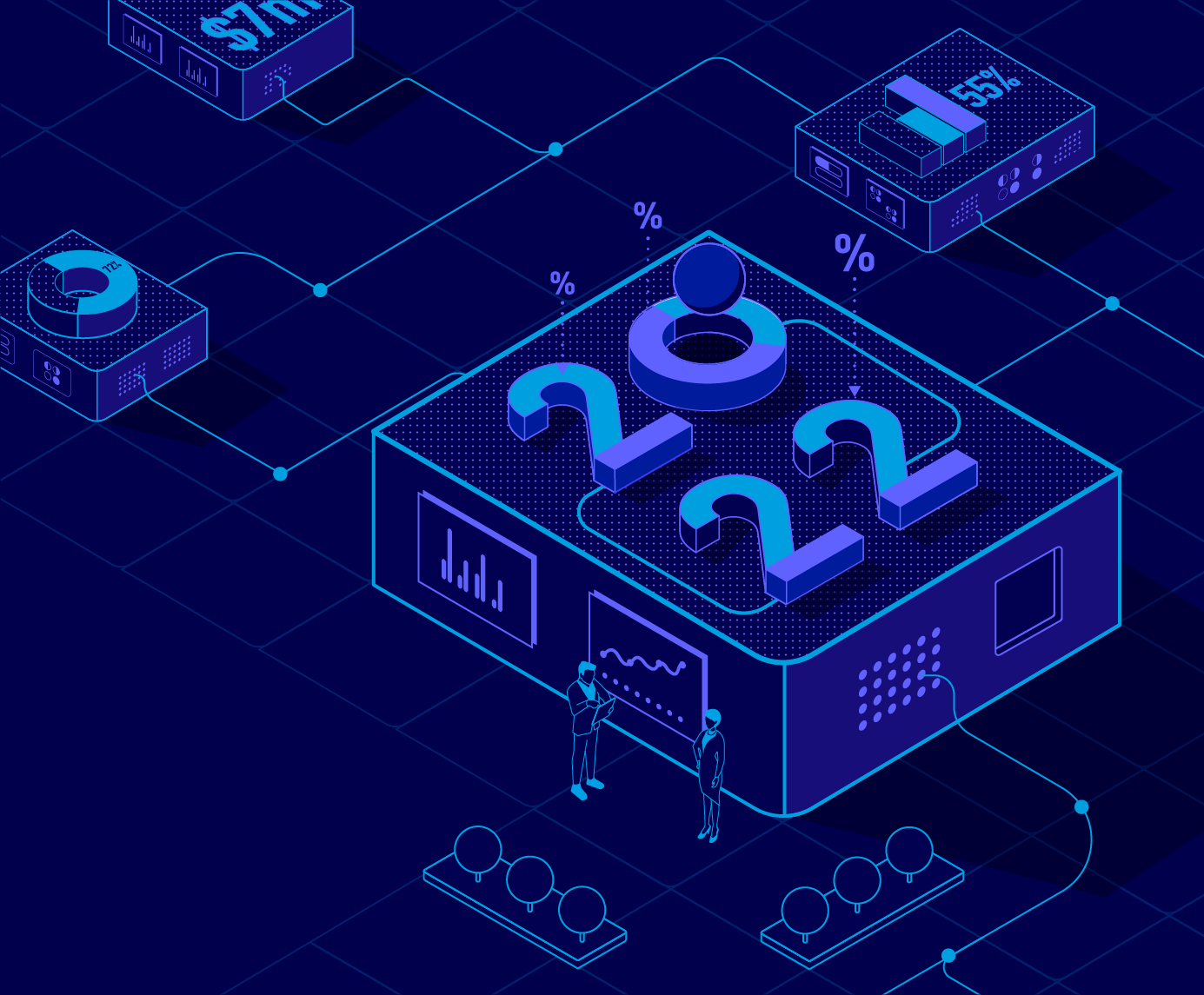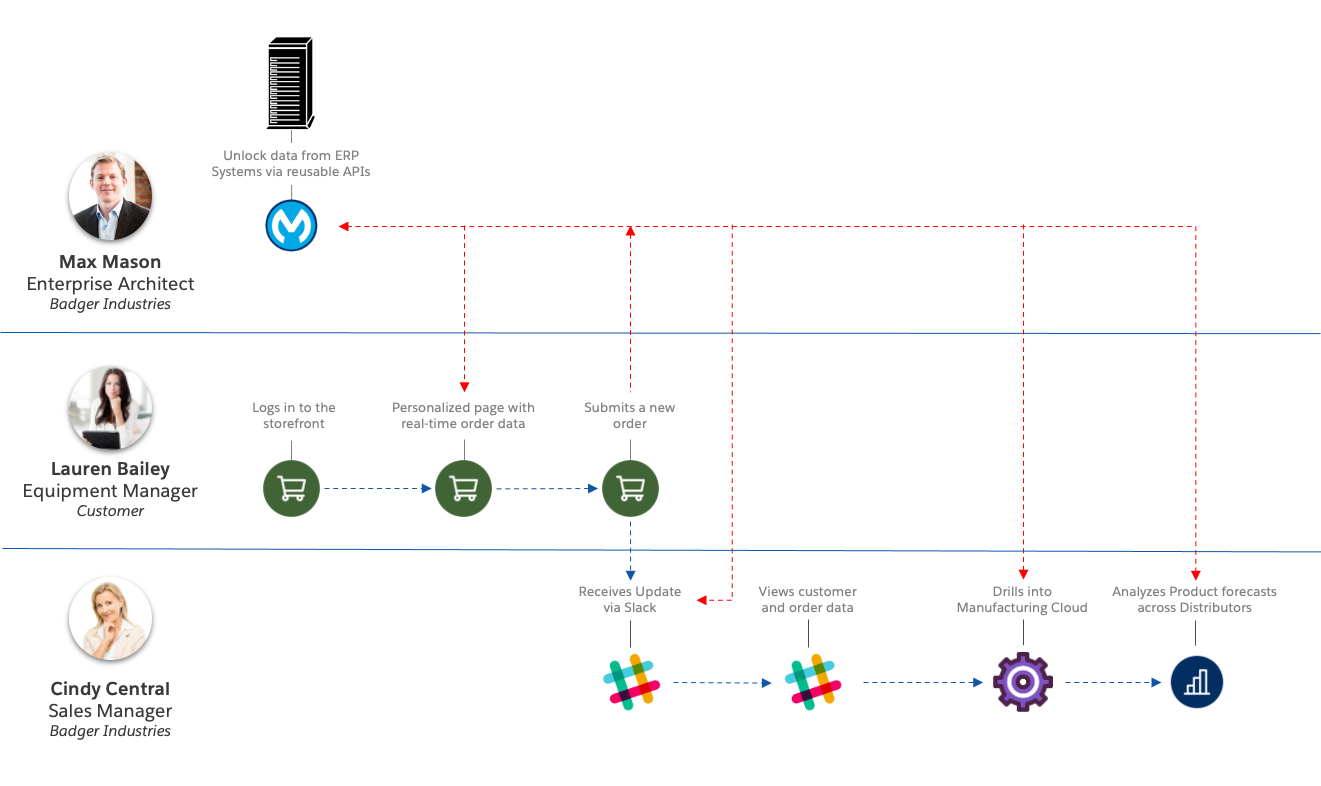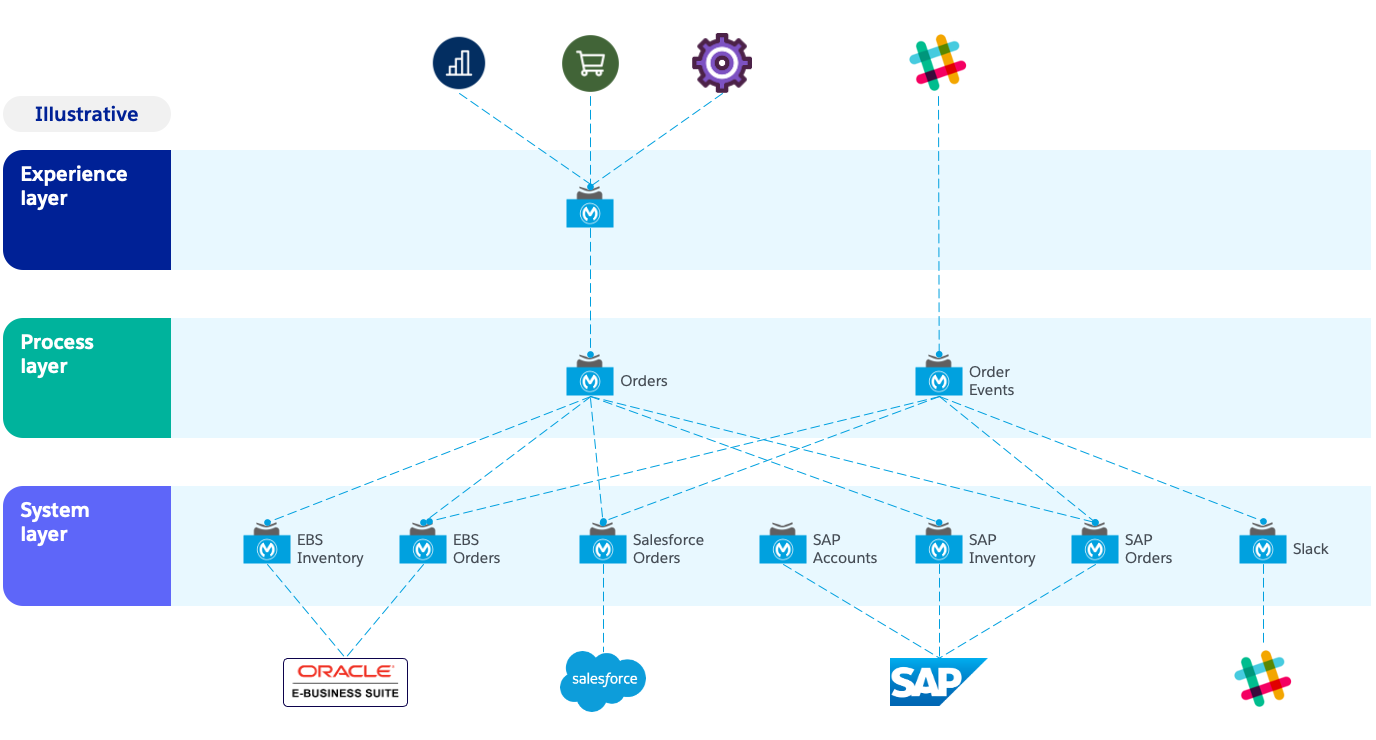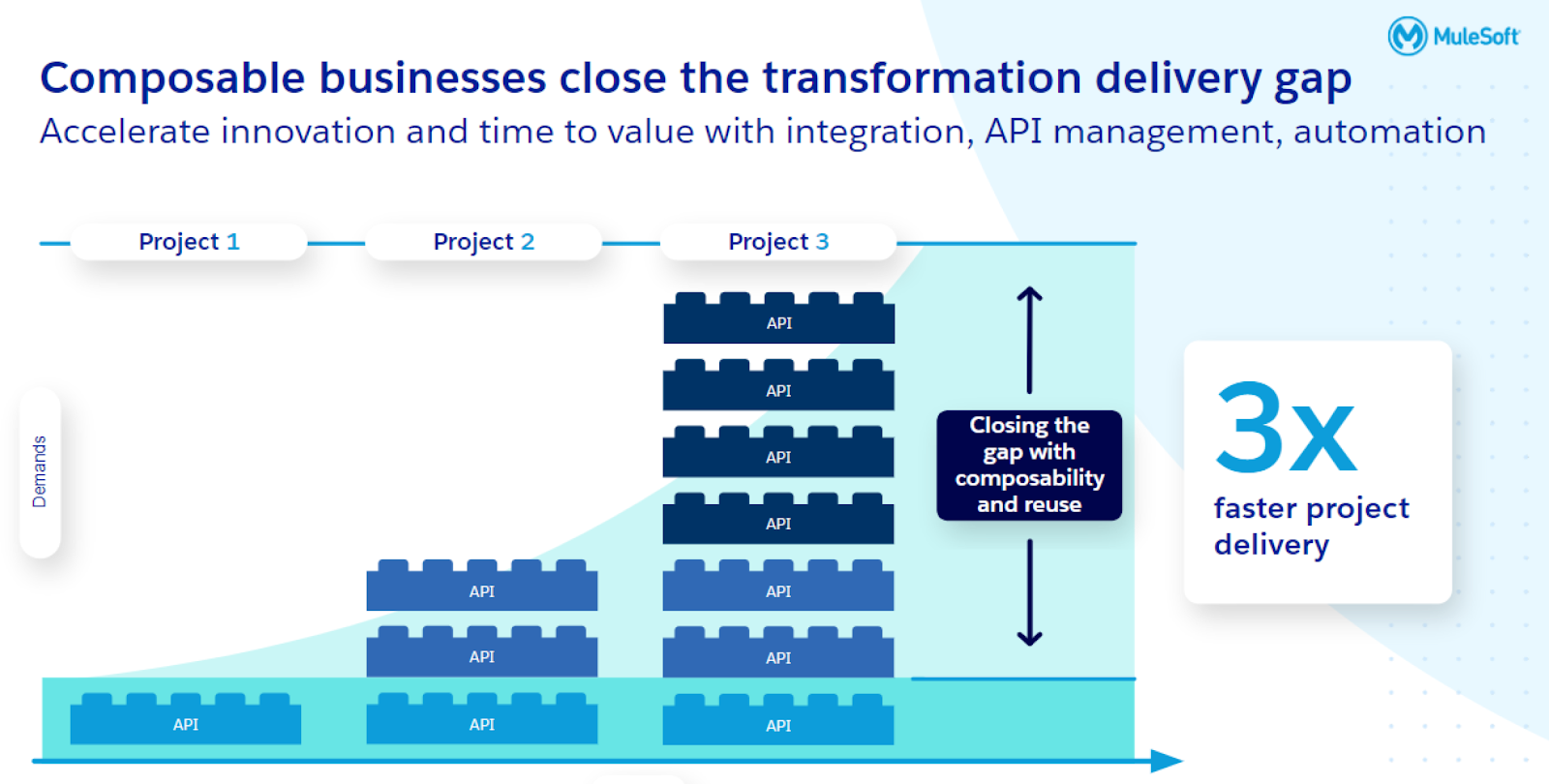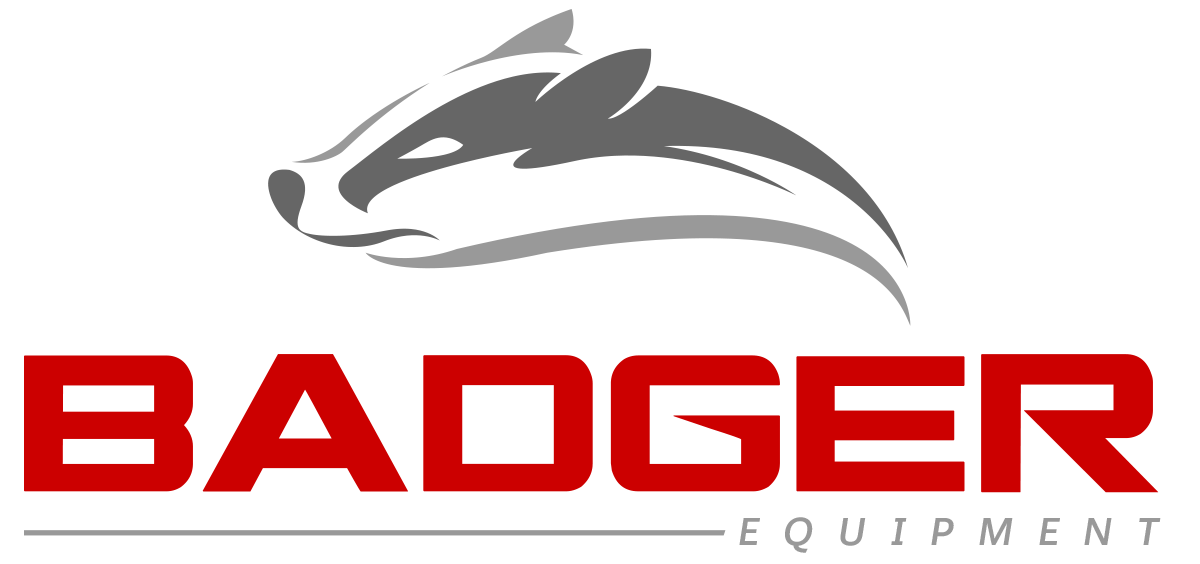
Workshop Overview
Case Study: Badger Equipment

Badger Equipment is a worldwide manufacturer of heavy equipment and power generation solutions for the construction industry. They also sell aftermarket parts and maintenance kits for their machinery. They rely on a solid distribution network of dealers to sell to end customers. They recently began selling aftermarket parts and maintenance kits directly to their end customers.
Badger Equipment is facing several challenges as it tries to maintain its market leadership and grow its revenue.
-
First, they want to market and drive demand at the end customer level, but because they sell through dealers, they don’t have a good database of the end customers. In addition, warranty registrations from the dealers are typically very manual and time-consuming, which only exacerbates the problem.
-
Second, they want customers to buy parts and maintenance kits only from them. However, their websites and ecommerce systems are outdated and arguably non-existent, with customers having to call, email, or fax in their orders. This often leaves an opportunity for competitors to sell into, especially for consumable items like filters that are replaced regularly over time.
-
Third, a few years back, Badger acquired a power generation manufacturer to position itself to thrive and become a market leader. But unfortunately, they overlooked their IT integration strategy as part of their overarching M&A integration. As a result, data is often difficult to access and siloed across many different systems.
Badger started working with Salesforce to help them address some of their challenges. For example, they picked Salesforce to launch a B2B ecommerce website to sell aftermarket parts and maintenance kits. As another example, they selected the MuleSoft Anypoint Platform to integrate systems and applications. Collaborating with their Salesforce account team, Badger quickly realized that they could achieve not only their immediate goal but also lay a foundation that would enable them to increase visibility into their supply chain.
Extending Visibility into an Integrated Supply Chain
In this workshop, you play the role of an enterprise architect with Badger Equipment. You are tasked to deliver on the vision of extending visibility into Badger’s integrated supply chain using MuleSoft. Among others, this undertaking will provide tangible benefits to both the business and Badger’s customers.
Badger’s Vision - Extending Visibility into an Integrated Supply Chain
We will look at using the MuleSoft Anypoint Platform to deliver this solution incrementally through an API-led connectivity approach. We will learn how to design and implement APIs, which underneath the covers will connect to and orchestrate various enterprise systems, including Enterprise Resource Planning (ERP) systems, legacy order processing, messaging queues, Software as a Service (SaaS), and cloud applications. As a result, all these systems will be part of a more extensive composable network of services that allows for scale, security, and reuse.
Unlock Data with the Help of API Building Blocks
A scalable, more strategic approach to integration is needed to keep up with business demands and unlock data silos. This is why 60% of IT leaders report that integration using APIs is critical to their digital transformation strategy.
You can leverage modern APIs as building blocks representing distinct business capabilities, like product data or order fulfillment, that can be composed easily into connected experiences. API composability allows organizations to innovate faster than ever before.
When various components are wrapped in APIs that are easily discoverable, understood, consumed, and secured, they enable different teams across the organization to access data and digital capabilities in a way never before possible. This approach also gives IT the tools to manage and secure them at scale. In turn, this approach allows organizations to roll out new connected experiences faster, now and in the future.
This approach is what we call an “API-led Composable Network”. By using a modern API-led approach, each integration becomes a reusable building block.
Next Step
Proceed to Workshop Structure to continue.



